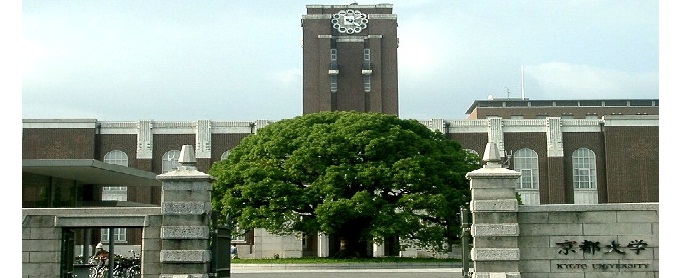Education
A Simple and Versatile way to build Three-Dimensional Materials of the Future

Kyoto, Japan — Researchers in Japan have developed a novel yet simple technique, called “diffusion driven layer-by-layer assembly,” to construct graphene into porous three-dimensional (3D) structures for applications in devices such as batteries and supercapacitors. Their study was recently published in the journal Nature Communications.
 Graphene is essentially an ultra-thin sheet of carbon and possesses exciting properties such as high mechanical stability and remarkable electrical conductivity. It has been touted as the next generation material that can conceivably revolutionize existing technology and energy sectors as we know them.
Graphene is essentially an ultra-thin sheet of carbon and possesses exciting properties such as high mechanical stability and remarkable electrical conductivity. It has been touted as the next generation material that can conceivably revolutionize existing technology and energy sectors as we know them.
However, the thin structure of graphene also acts as a major obstacle for practical uses. When piecing together these tiny sheets into larger structures, the sheets easily stack with one another, resulting in a significant loss of unique material properties. While several strategies have been proposed to deal with this sticky issue, they are often costly, time consuming, and difficult to scale up.
To overcome this challenge, the researchers from the Institute for Integrated Cell-Material Sciences (iCeMS) at Kyoto University borrowed a principle from polymer chemistry and developed it into a technique to assemble graphene into porous 3D architectures while preventing stacking between the sheets. By putting graphene oxide (an oxidized form of graphene) into contact with an oppositely charged polymer, the two components could form a stable composite layer, a process also known as “interfacial complexation.”
“Interestingly, the polymer could continuously diffuse through the interface and induce additional reactions, which allowed the graphene-based composite to develop into thick multi-layered structures. Hence, we named this process ‘diffusion driven layer-by-layer assembly’,” explained Jianli Zou, a co-investigator in the project
The resulting products display a foam-like porous structure, ideal for maximizing the benefits of graphene, with the porosity tunable from ultra-light to highly dense through simple changes in experimental conditions. Furthermore, the process is easily scalable for creating large-area films which will be highly useful as electrodes and membranes for energy generation storage. or storage.
“While we have only demonstrated the construction of graphene-based structures in this study, we strongly believe that the new technique will be able to serve as a general method for the assembly of a much wider range of nanomaterials,” concluded Franklin Kim, the principal investigator of the study.

















































